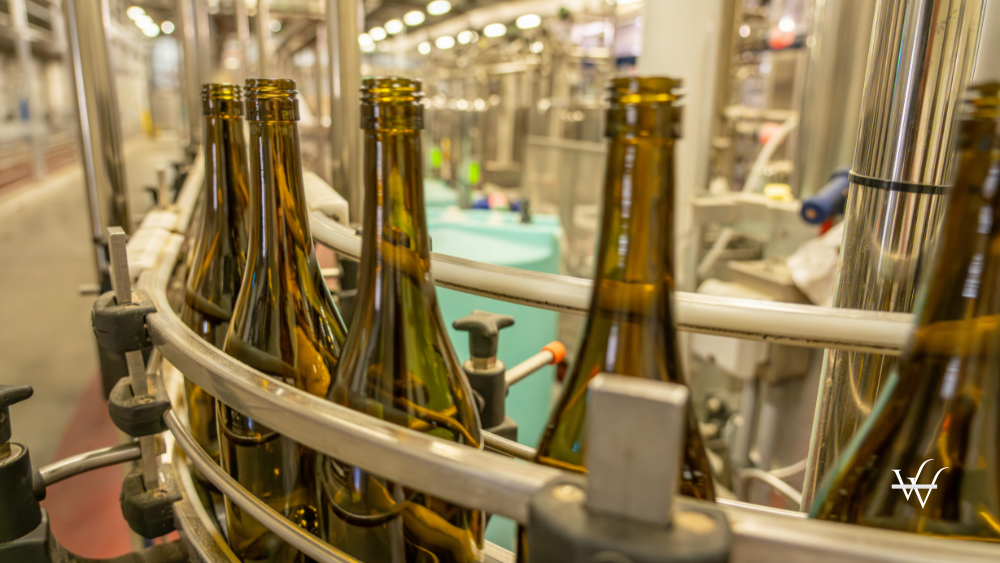In a year marked by global downturns in wine production, Russia has emerged as a standout performer, registering a significant 19.3% increase in wine production in 2024 compared to the previous year.
According to data released by the International Organization of Vine and Wine (OIV), this growth places Russia third globally in production growth—only behind Georgia (+26.6%) and Argentina (+23.3%).
A Stronger Position in Global Rankings
While traditionally not considered a major player in the global wine scene, Russia’s production volume reached 5.4 million hectoliters in 2024. This achievement propels the country to 11th place globally in absolute wine production. Compared to the average of the last five years, this represents a 17.5% increase, signaling a trend rather than a one-off spike.
The global wine landscape has been turbulent. While Italy, France, Spain, the USA, and Argentina maintain the top five positions, countries like France (-23.5%) and the USA (-17.2%) have seen steep declines due to climate instability, erratic weather patterns, and harvest challenges. Globally, production dropped 4.8%, hitting its lowest point since 1961, when European vineyards were devastated by spring frosts.
Russia’s Domestic Production Momentum
Backing up the OIV’s global data, Rosalkogoltobakkontrol also reported robust domestic figures. Russia produced 32.5 million decaliters (dal) of grape wine in 2024, an 8.6% increase from 2023. This figure nearly matches 2022 levels (32.6 million dal), showing a rebound after a dip in 2023.
Notably, sparkling wine production soared by 24.7%, reaching 17.6 million dal in 2024—up from 14.1 million in 2023 and 16.1 million in 2022. This growth in the sparkling category hints at rising domestic and potentially export-oriented demand, as Russian producers focus on quality and diversify their portfolios.
Weathering Global Trends
While most of Europe battles the effects of climate change, Russia’s wine regions—primarily in Krasnodar Krai, Rostov, Crimea, and the North Caucasus—have so far managed to avoid the worst of the weather extremes. Improvements in viticulture, vineyard expansion, and government support for domestic wine producers have also contributed to the uptrend.
As global wine output hits historical lows, Russia’s upswing is especially significant. With consistent growth and increasing investment in winemaking, Russia may be carving out a new identity—not just as a consumer of imported wine, but as a serious contender in global wine production.
Source: RBC Vino

